Pixar Shorts: Introduction
Therapeutic Uses of Pixar Shorts: A Series - Introduction
Pixar, an animation studio known mostly for their creations in partner with Disney, began producing shorts in the 1980’s. Their shorts evolved to be known as movie staples often premiered before a major Pixar film, featured on DVD releases, or as stand-alone features on Disney+. Some even evolved into their own TV series, such as Dug Days – a series of short videos based on two of the primary characters in the movie “Up”.
Pixar later developed several sub-branches of animation including their theatrical shorts and SparkShorts. These shorts offered animators a new way to tell stories in short format but with just as much emotional impact as a full length film. These shorts allowed storytellers the freedom to experiment and develop innovative ways to tell stories using new technologies and offering individuals the opportunity to work on smaller teams and often holding leadership positions for the first time.
Therapeutic Uses of Pixar Shorts
Movie clips and short films can be used as age-appropriate visual aids to explore social emotional learning quickly and easily or teach important life themes. The shorts typically run 3 to 4 minutes long and have a beginning, middle, and end. Embedded in intriguing conflicts are figurative languages, hidden messages, and an ending resolution and most rely on non-verbal language. All of these clips can be found on Disney+ and many can also be found on Youtube.
How to Use The Films
Because these films use little or no verbal language, they offer excellent opportunities for working on pragmatic goals such as understanding body language, facial expressions, and characters’ emotions. After watching a film, ask your child “wh” questions (i.e. what happened in this story, what do you think the message is, who are the important characters, why did the characters act in a certain way, how did you feel about what happened in the film). Once you’ve discussed the basic plot, ask your child to make predictions about what might happen next. Work on perspective taking by asking the child to imagine being in the same situation as one of the characters. Use questions like “what would you do if…?” or “how would you feel if…?”.
Coming Up In This Series
In this multi-part series, we will explore specific Pixar shorts including their themes and the overall plot line. We will also explore specific questions that complement the film and can be used to explore emotions, increase emotional intelligence, and explore important life-lessons.

